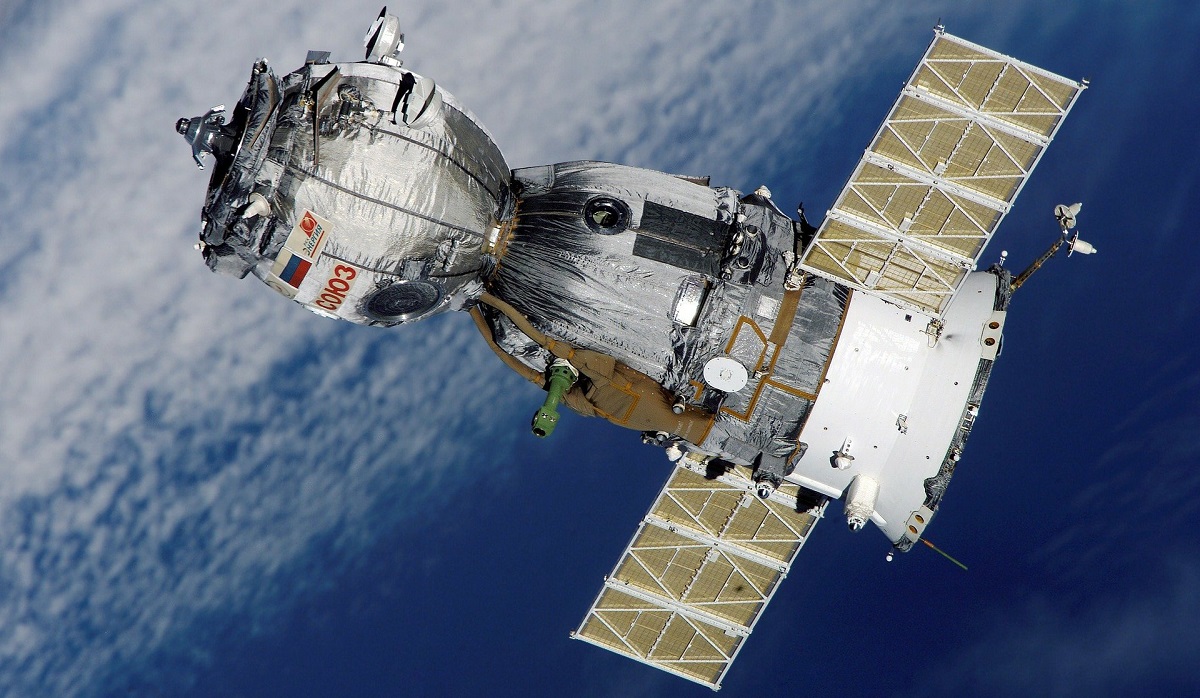
Artificial satellites and proposed mega-constellations are increasingly obscuring the view of space, claims a new report. Collectively, actively orbiting clusters of satellites and inactive space junk could soon hamper the ability to detect hazardous asteroids on a collision course with Earth.
New research is warning about “space pollution”. It points to the rapidly growing cloud of artificial satellites and space junk orbiting the Earth.
Man-made satellites responsible for 10 percent increase in sky glow that has started obstructing the view of space:
There’s little doubt that space, especially the area just outside Earth’s atmosphere, is crowded. But now, near-Earth satellites, as well as inactive space debris or junk, have started to reduce astronomers’ view of the universe.
The situation is about to get a lot worse owing to the proposed mega-constellation such as SpaceX’s Starlink, claims a new report. This is because each individual object in Earth’s orbit reflects a commensurate amount of sunlight.
Technology and greed is hindering our ability to spot asteroids that could destroy our planet. Star Link deployed 1300 satellites to an already crowded orbit and are prepared to launch tens of thousands more. Ground based internet just isn't good enough.
https://t.co/aUGpdgpOxs
— Jeff Crowder (@JeffCrowder16) April 27, 2021
The new report indicates, collectively, these mand-made objects are currently reflecting about 10 percent more sunlight back towards Earth. As a direct effect, nighttime is 10 percent brighter.
This increased sky glow is washing out the view of the universe. Such reduction could make it harder for astronomers and large telescopes to observe and warn about asteroids that might be heading towards the Earth.
The new report also goes on to add that artificial objects near Earth have helped cross the sky brightness threshold for unimpeded astronomical observation. The limit was set a few decades ago by the International Astronomical Union (IAU).
Earth’s countryside and wilderness areas will get brighter at night due to artificial satellites:
As the number of satellites will grow, so will the night glow. While the urban areas have long suffered from light pollution, even the Earth’s remote countryside and wilderness will get noticeably brighter at night.
The most concerning culprits are obviously SpaceX’s Starlink, Amazon Kuiper Systems, and OneWeb. These companies are planning to put thousands of man-made objects in near-Earth orbits.
SpaceX’s Starlink project, which has put more than 1,300 satellites in orbit since 2018 and plans to potentially launch tens of thousands more. Amazon and OneWeb may not have such a high number but their constellations would have an impact as well.
"a civilian agency should be taking on…such as managing activities so they don’t create hazards, setting guidelines for how satellites should maneuver, or what happens when spacecraft exceed their lifetimes", aka space environmental mgt https://t.co/2cJzWF4CPH
— Victoria Samson (@VSamson_DC) April 27, 2021
Satellites are extremely important. These devices, orbiting Earth, offer important information pertaining to telecommunications, navigation, weather monitoring, space science, and other areas.
However, if they started crowding the space just outside Earth’s atmosphere, they will start obscuring the view of the Universe. In fact, the negative impact has already begun.
Astronomers have been regularly complaining that satellites, especially the newer ones, leave glowing streaks through telescope images. Collectively, these artificial objects in space effectively wash out the visual contrast of the night sky.


